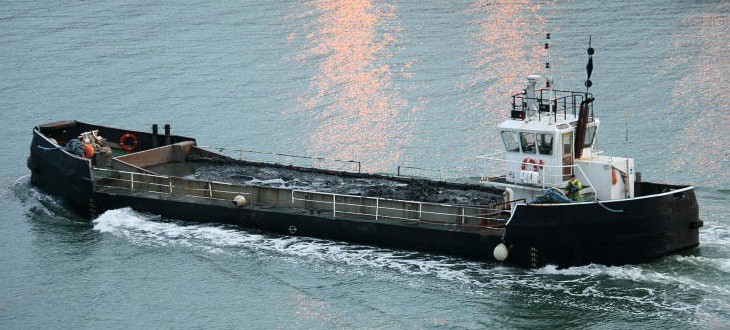
Self-propelled barges are vessels that are designed to transport large quantities of cargo on inland waterways. These barges are propelled by their own engines, making them highly efficient and cost-effective compared to other shipping methods. In this article, we will explore the benefits of self-propelled barges and why they are becoming increasingly popular in the shipping industry.
What is a self-propelled barge?
A self-propelled barge is a type of vessel that is specifically designed to transport cargo on inland waterways. These barges are propelled by their own engines, making them highly efficient and cost-effective compared to other shipping methods. They are typically made of steel and have a flat bottom, allowing them to easily navigate shallow waterways.
Advantages of using self-propelled barges
Self-propelled barges offer a number of advantages over other shipping methods, including:
How self-propelled barges work
Self-propelled barges are powered by diesel engines that drive a propeller, which moves the barge through the water. The engines are located at the back of the barge, with the propeller situated behind them. The barge is controlled by a captain who is stationed in a wheelhouse at the front of the vessel.
Self-propelled barges are typically designed to transport bulk cargo and are equipped with large cargo holds. The cargo is loaded onto the barge using cranes or conveyor belts, and is secured using lashings and chains to prevent it from shifting during transport.
Types of self-propelled barges
There are several different types of self-propelled barges, each designed for specific types of cargo. These include:
Conclusion
Self-propelled barges offer a number of benefits over other shipping methods, including their cost-effectiveness, versatility, and environmentally friendly nature. They are highly efficient and able to transport large quantities of cargo on inland waterways. With their ability to navigate shallow waterways, they are also able to transport cargo to areas that may be inaccessible to other types of vessels. As a result, self-propelled barges are becoming increasingly popular in the shipping industry and are a great option for companies looking for a cost-effective and efficient shipping solution.
Additionally, self-propelled barges are able to reduce traffic on roads and highways, as they can transport large quantities of cargo without the need for trucks or trains. This can lead to reduced congestion and improved air quality in urban areas, making them a great option for environmentally conscious companies.
Overall, self-propelled barges are a reliable and efficient shipping solution that can provide numerous benefits to companies looking to transport cargo on inland waterways. With their versatility, cost-effectiveness, and environmental friendliness, it's no wonder that they are becoming an increasingly popular option in the shipping industry.
In conclusion, self-propelled barges offer an attractive alternative to other shipping methods and are a great option for businesses looking to transport large quantities of cargo in a cost-effective and efficient manner. With their numerous benefits and ability to navigate shallow waterways, self-propelled barges are a valuable asset to the shipping industry and will likely continue to grow in popularity in the years to come.
Dredgers are important machines used for excavation and land reclamation in water bodies. They come in different shapes, sizes, and types, depending on the specific purpose they are designed for. I....
Pilot boats play a vital role in ensuring the safety and efficiency of maritime transportation. These boats are designed to transport pilots to and from ships that require their expertise in navig....
Self-propelled barges are vessels that are designed to transport large quantities of cargo on inland waterways. These barges are propelled by their own engines, making them highly efficient and cos....
Barge/ Dumb Barge A barge is a flat-bottomed boat that is designed to transport goods or people on inland waterways or near-shore locations. Dumb barges, also known as unpowered barges, are t....